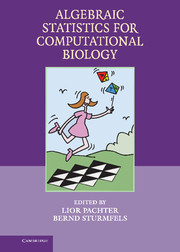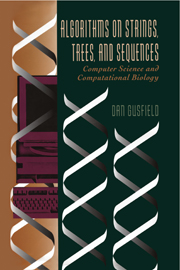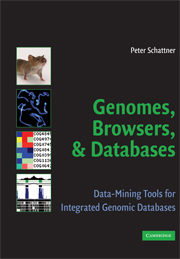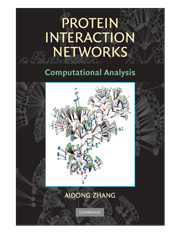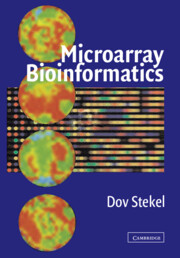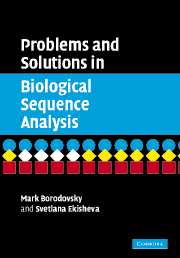This introduction explains why you are right to be curious about Bayesian nonparametrics – why you may actually need it and how you can manage to understand it and use it. We also give an overview of the aims and contents of this book and how it came into existence, delve briefly into the history of the still relatively young field of Bayesian nonparametrics, and offer some concluding remarks about challenges and likely future developments in the area.
Bayesian nonparametrics
As modern statistics has developed in recent decades various dichotomies, where pairs of approaches are somehow contrasted, have become less sharp than they appeared to be in the past. That some border lines appear more blurred than a generation or two ago is also evident for the contrasting pairs “parametric versus nonparametric” and “frequentist versus Bayes.” It appears to follow that “Bayesian nonparametrics” cannot be a very well-defined body of methods.
What is it all about?
It is nevertheless an interesting exercise to delineate the regions of statistical methodology and practice implied by constructing a two-by-two table of sorts, via the two “factors” parametric–nonparametric and frequentist–Bayes; Bayesian nonparametrics would then be whatever is not found inside the other three categories.
(i) Frequentist parametrics encompasses the core of classical statistics, involving methods associated primarily with maximum likelihood, developed in the 1920s and onwards. Such methods relate to various optimum tests, with calculation of p-values, optimal estimators, confidence intervals, multiple comparisons, and so forth.
